 Whether it’s simply repainting one wall, or doing major renovations to a whole ward, conducting hospital maintenance and repairs takes a lot of meticulous planning, attention to detail and, above all, a very skilled Facilities Manager and external contracting team to ensure it all runs smoothly.
Whether it’s simply repainting one wall, or doing major renovations to a whole ward, conducting hospital maintenance and repairs takes a lot of meticulous planning, attention to detail and, above all, a very skilled Facilities Manager and external contracting team to ensure it all runs smoothly.
The logistics involved can also be further complicated by the 24/7 nature of hospitals, plus the additional risks to patients and contractors, including health problems and infections. Regardless of which area of your healthcare facility is undergoing work, there’s a lot to consider and manage in the quest to execute effective maintenance projects with as little disruption as possible.
We’ve spoken to Facilities Managers to find out how you can ensure that your next hospital maintenance project runs smoothly. Here are their top 5 tips:
1. Provide an adequate brief to contractors
Depending on the size of the project, be descriptive with the brief and include as much detail as you can in order to provide the contractor with the right information they need to quote the work adequately. This includes a full scope, outlining potential logistical and functional restraints (such as downtime for noise), along with guidelines on tools that cannot be used (as they might interfere with equipment and patients’ wellbeing).
It’s important to clearly outline any non-negotiable requirements for your facility - such as the use of paint with MicroBan technology, which gives the paint antimicrobial properties that can actually fight against harmful bacteria like E. coli, Salmonella, Listeria and Golden Staph, helping to reduce the risk of healthcare-associated infections (HAIs).
If your patients and staff will remain on-site during the work, ask your painting contractor to use low- or no-VOC (volatile organic compound) paints, as paints with high levels of VOCs have much stronger odours and fumes which can potentially have respiratory, allergic or immune effects on people.
Be very detailed in the workings of this brief and cover everything from accessibility to OHS. Failure to do this can lead to not only budget blowouts but more disastrous repercussions, such as unexpected shutdowns, costs and delays.
2. Manage risks and safety
Be thorough in ensuring all risk mitigation standards comply with the appropriate Australian Health Facility Guidelines. Part D outlines risk controls relating to the Infection Prevention and Management Unit, so draw on this to ensure all staff, contractors and patients are safe.
When engaging a contractor, as the Facilities Manager you have a duty of care to make sure that work is conducted in a safe manner and environment. This will ensure that if something goes wrong – for instance, if a contractor injures himself or there’s harm caused to a staff member or patient – then the hospital is deemed fully compliant in the event of any legal proceedings.
Where possible, use a hospital workplace inspection checklist to make sure the site is suitable for contractors to be working on in terms of OHS and ensure that all contractors have completed a formal induction process before the work begins.
3. Be specific with requirements
Ensure you’re specific with requirements and stringent with policies throughout your hospital maintenance process. Be sure to also address the finer details in the induction, such as:
- the use of PPE clothing for all contractors,
- access points and vehicles needed onsite,
- progress reports and the nature of daily or weekly meetings, and
- ongoing quality control.
Get specific with materials that will be used throughout the project. For example, old hospital paint can harbour bacteria, mould and fungi build-up, so ensure the team are using antimicrobial paints throughout the building.
4. Exercise due diligence when evaluating contractors
Before engaging a contractor, be diligent with your review process. Ask for case studies from similar projects, contact other hospitals they have worked with previously for references, conduct your own research online, and double-check they have the appropriate licences and insurances for the work.
For larger jobs, it’s also important to conduct an onsite inspection with the project manager and estimator to ensure there’s a comprehensive scope conducted and created. Make an onsite inspection mandatory for shortlisted contractors to ensure there’s no scope creep.
5. Plan for the unexpected
While disruption and downtime is something that every Facilities Manager dreads during hospital maintenance, it is still something that should be planned for, in the event that things go wrong. Draw up some contingency plans, consider the use of a disruption notice system to alert your patients and staff to the work, and don’t forget to include a communication strategy and PR crisis management plan to ensure the reputation of the hospital is upheld in the public eye.
Is your hospital due for a repaint? Get the most value for your money and achieve quality results on time, while ensuring the longevity of the paintwork, by downloading our free best practice guide to painting hospitals.
Higgins Coatings, an ISO tri-certified accredited painting contractor, offers painting services for many of Australia’s hospital and healthcare facilities. Our team takes safety, quality, and delivering work on time and within budget as seriously as you do. Contact us today for a consultation.
Recent Posts
-
The cost-effective solution
Dhananjay Kapoor07 Oct 2025 at 10:10 PM -
Why schools are choosing floor rejuvenation
Dhananjay Kapoor07 Oct 2025 at 10:09 PM -
Why leading schools choose Higgins for floor rejuvenation
Dhananjay Kapoor07 Oct 2025 at 10:09 PM -
Floor rejuvenation in action
Dhananjay Kapoor07 Oct 2025 at 01:53 AM -
Top trends affecting the value of commercial property in Australia
Higgins Coatings01 Jul 2025 at 01:30 AM -
Your guide to budgeting for commercial building painting
Higgins Coatings23 Jun 2025 at 11:15 PM -
Painting apartment exteriors: Best practices
Brendan Childs02 Mar 2025 at 10:00 PM -
Strata painter: 7 key considerations for hiring
Narell Majic02 Feb 2025 at 10:00 PM -
How to find good tradespeople you can always rely on
Sam McHugh08 Jan 2025 at 10:00 PM









